Walking the Path of Truth Since Centuries
Founded in divine pursuit, the Nirmohi Akhara is one of the oldest Hindu monastic orders. Dedicated to the defense of dharma and temple traditions, we honor our legacy through action, sacrifice, and unwavering faith.
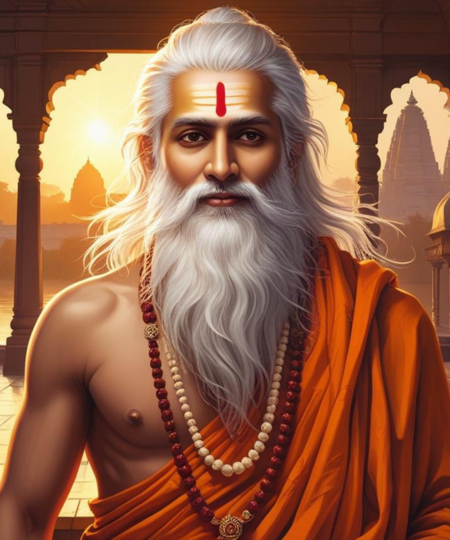
History of Nirmohi Akhara
Nirmohi Akhara is one of the prominent and influential Vaishnavite Hindu religious orders (Akhara), with a long and complex history deeply intertwined with the religious, cultural, and political landscape of India. Here’s a detailed description of its history:
Origin and Early History
Founded: The origins of Nirmohi Akhara are traced back to the 18th century, although some accounts suggest it may have existed in some form as early as the 16th century.
Founder: It was established by Ramanandi saints, followers of the bhakti saint Ramananda, who was a major proponent of Vaishnavism (worship of Lord Vishnu and his avatars).
The word “Nirmohi” means “without attachment,” indicating a focus on renunciation and devotion.
The Akhara is part of the larger Dashanami Sampradaya, under the Vaishnava sect, distinct from Shaiva akharas that follow Lord Shiva.
Founding and Lineage
The Nirmohi Akhara is a prominent Vaishnavite monastic order founded in the 18th century, rooted in the Ramanandi tradition that traces back to the teachings of Ramanujacharya and Ramananda. Meaning “detached from worldly ties,” the Akhara was originally formed as a militant ascetic group to protect Hindu dharma and temples during periods of foreign rule. It follows the Sri Vaishnavism philosophy, worships Lord Ram, and emphasizes celibacy, discipline, and devotion. As a key member of the Akhil Bharatiya Akhara Parishad, it played a central role in the Ayodhya Ram Janmabhoomi legal dispute, asserting its historical management rights over the disputed site.
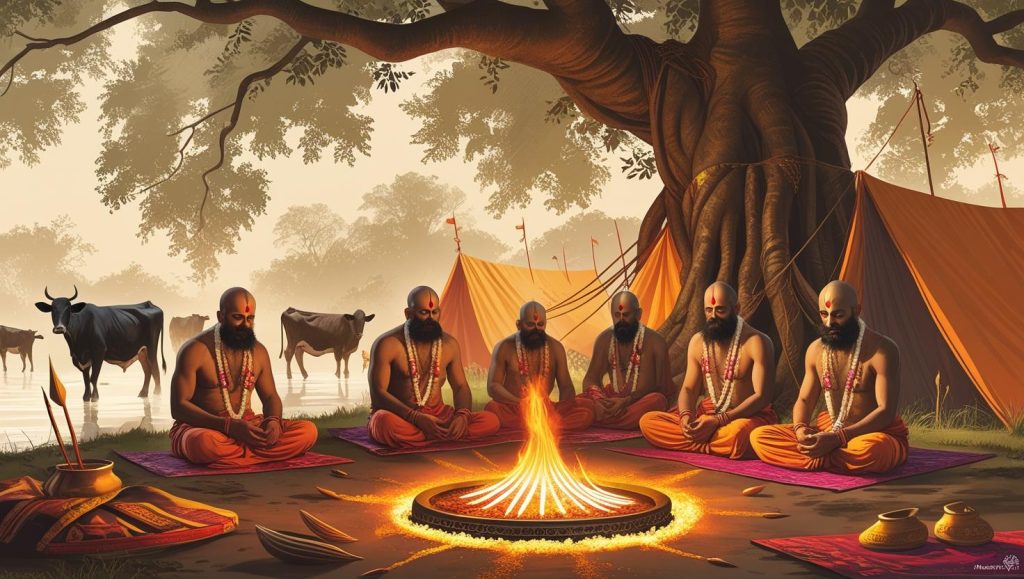
Guru Parampara
The Guru Parampara (lineage of spiritual teachers) of the Nirmohi Akhara, one of the major akharas of Hindu sadhus, traces its roots to the Ramanandi Sampradaya, which is devoted to the worship of Lord Ram and is based on the teachings of Bhagwan Swami Ramananda

1. Bhagwan Shri Ram
The Adi Guru and Ishta Devata
Bhagwan Shri Ram, revered as the seventh avatar of Lord Vishnu, is not only a symbol of virtue and dharma but also regarded by many as the Adi Guru (the original teacher) and Ishta Devata (chosen deity). As Adi Guru, his life and actions, as depicted in the Ramayana, serve as timeless teachings on righteousness, duty, compassion, and ideal conduct. Devotees see in him the embodiment of perfect values—an ideal son, king, husband, and leader. As an Ishta Devata, Shri Ram is deeply venerated for his divine qualities and unwavering commitment to truth and justice, offering spiritual inspiration and personal connection to millions across generations.
2. Shri Hanuman
The most devoted servant of Ram
Shri Hanuman, the divine devotee of Bhagwan Shri Ram, is one of the most revered figures in Hinduism, known for his immense strength, unwavering devotion, and boundless humility. As the epitome of bhakti (devotion), Hanuman is celebrated for his selfless service to Shri Ram, playing a crucial role in the Ramayana, especially in the rescue of Sita and the battle against Ravana. He is worshipped as a symbol of courage, loyalty, and spiritual wisdom, often invoked for protection, strength, and the removal of obstacles. Hanuman’s devotion is so pure that he is considered not only a servant of Ram but also a living embodiment of Rama’s name and glory.
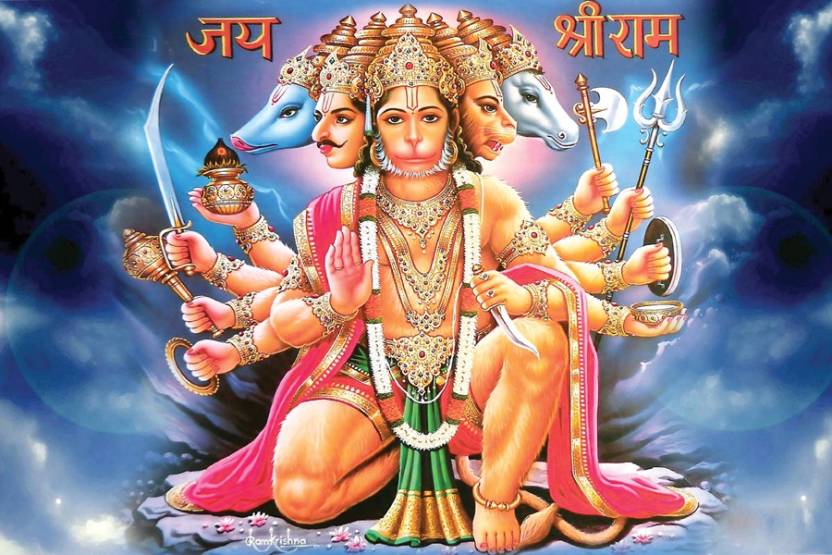
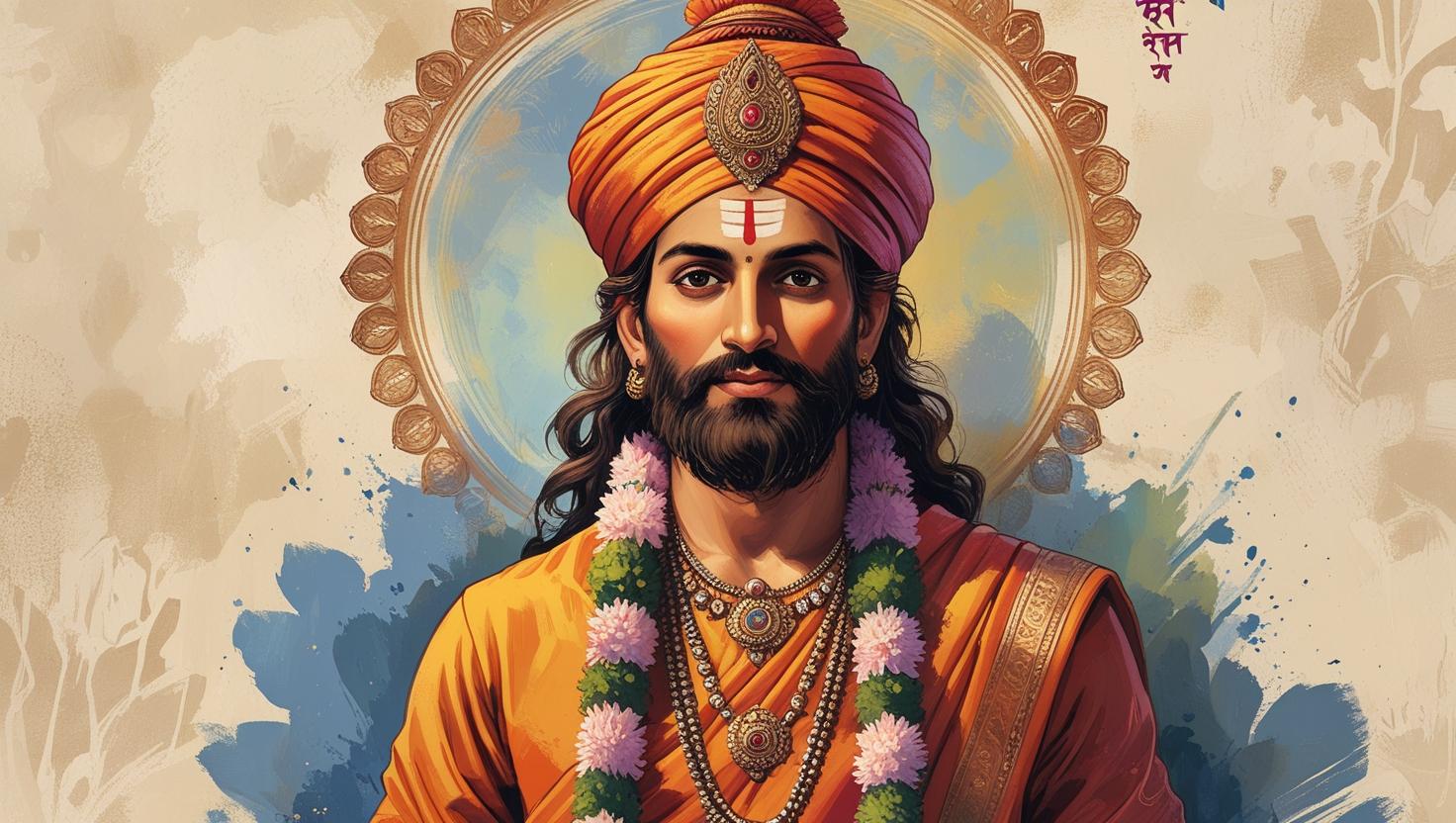
3. Shri Vamadev Ji
One of the early teachers
Shri Vamadev Ji is revered as one of the great sages (rishis) in Hindu tradition and is considered a Brahmarshi—one who has realized the Supreme Truth. He is one of the Saptarishis (Seven Great Sages) and is credited with composing several hymns in the Rigveda. Vamadev is known for his deep spiritual wisdom and profound meditative insights, which reflect the highest philosophical truths. He is often associated with inner realization and the knowledge of the Self (Atma Jnana), having attained enlightenment at a very young age. As a seer, his life and teachings emphasize the importance of inner purity, contemplation, and the pursuit of divine knowledge.
4. Shri Yajnavalkya Ji
Great sage and philosopher
Shri Yajnavalkya Ji is one of the most renowned sages and philosophers in the Vedic tradition, particularly known for his contributions to the Brihadaranyaka Upanishad. A master of Vedic knowledge and profound spiritual insight, he is celebrated for his teachings on the nature of the Self (Atman) and the ultimate reality (Brahman). Yajnavalkya’s dialogues—especially with his wife Maitreyi and other sages—are central to Upanishadic thought, emphasizing renunciation, inner realization, and the imperishable nature of the soul. He is also credited with systematizing Vedic rituals in the Shukla Yajurveda. His life reflects a deep synthesis of intellectual brilliance and spiritual depth, making him a guiding light in the path of Jnana Yoga (the path of knowledge).

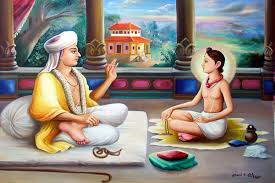
5. Shri Ramanandacharya Ji
14th-century saint and founder of the Ramanandi Sampradaya
Shri Ramanandacharya Ji was a revered 14th-century Hindu saint and spiritual reformer, widely regarded as a key figure in the Bhakti movement and the founder of the Ramanandi Sampradaya. A devout follower of Bhagwan Shri Ram, he emphasized devotion (bhakti) to Ram as the supreme path to liberation, transcending barriers of caste, creed, and gender. Ramanandacharya Ji’s inclusive teachings attracted a diverse group of disciples, including famous saints like Kabir, Ravidas, and Pipa, fostering a spirit of unity and spiritual equality. His message focused on sincere devotion, the chanting of God’s name, and living a life of humility and righteousness. Through his life and teachings, Shri Ramanandacharya Ji inspired a widespread devotional revival centered on Shri Ram as the Ishta Devata (chosen deity) and stood as a beacon of compassion, wisdom, and spiritual universality.
Spiritual Mission & Vision
Spiritual Mission
To uphold and spread the path of Bhakti (devotion) toward Lord Ram, rooted in the teachings of Swami Ramananda, through a life of renunciation, service, and spiritual discipline. The Akhara is dedicated to preserving Sanatan Dharma, protecting sacred temples and traditions, and guiding seekers toward liberation (moksha) through selfless devotion and detachment (nirmohata).
Spiritual Vision
The Nirmohi Akhara envisions a spiritually awakened society rooted in devotion to Lord Ram and guided by the principles of Sanatan Dharma. It seeks to preserve and propagate the timeless teachings of Swami Ramananda, promoting a life of inner purity, discipline, and detachment from materialism. The Akhara aims to serve as a guardian of sacred traditions, protecting holy sites and sustaining the spiritual heritage of India.
Organizational Structure
The Nirmohi Akhara is led by a Mahant, supported by Acharyas and regional heads who oversee temples and monasteries. Together, they guide monks and devotees, preserving spiritual traditions and managing religious affairs.
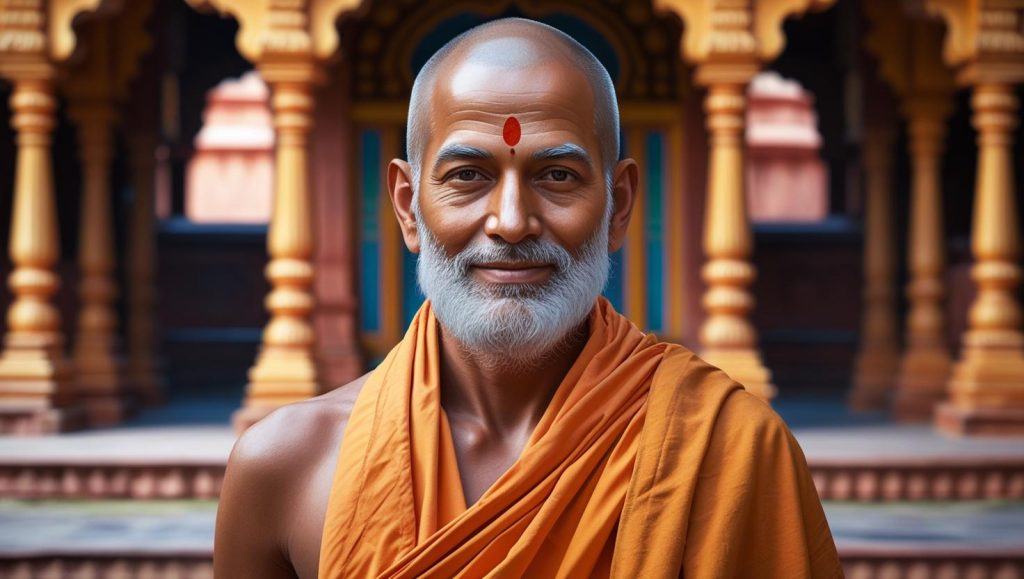
Mahant (Head of the Akhara)
A Mahant is the respected spiritual leader and head of an Akhara, which is a traditional monastery or organization of Hindu ascetics and warriors. As the chief custodian, the Mahant oversees the religious, administrative, and disciplinary affairs of the Akhara, guiding its members in spiritual practices, rituals, and the preservation of sacred traditions. The Mahant plays a vital role in maintaining the community’s unity, imparting wisdom, and upholding dharma, often serving as a bridge between ancient teachings and contemporary spiritual life.
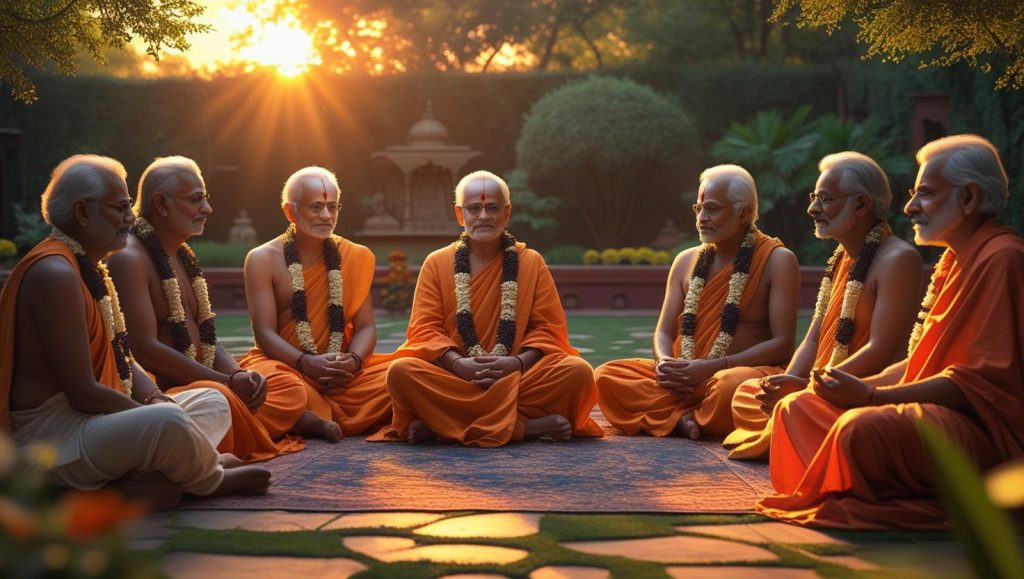
Acharyas (Senior Teachers)
Acharyas are senior teachers and spiritual guides in Hindu traditions, entrusted with preserving and transmitting sacred knowledge, scriptures, and philosophies. They play a crucial role in educating disciples, leading rituals, and providing moral and spiritual guidance within their communities. Often masters of specific spiritual paths or scriptures, Acharyas serve as living examples of discipline, wisdom, and devotion, helping seekers progress on their journey toward self-realization and dharma.
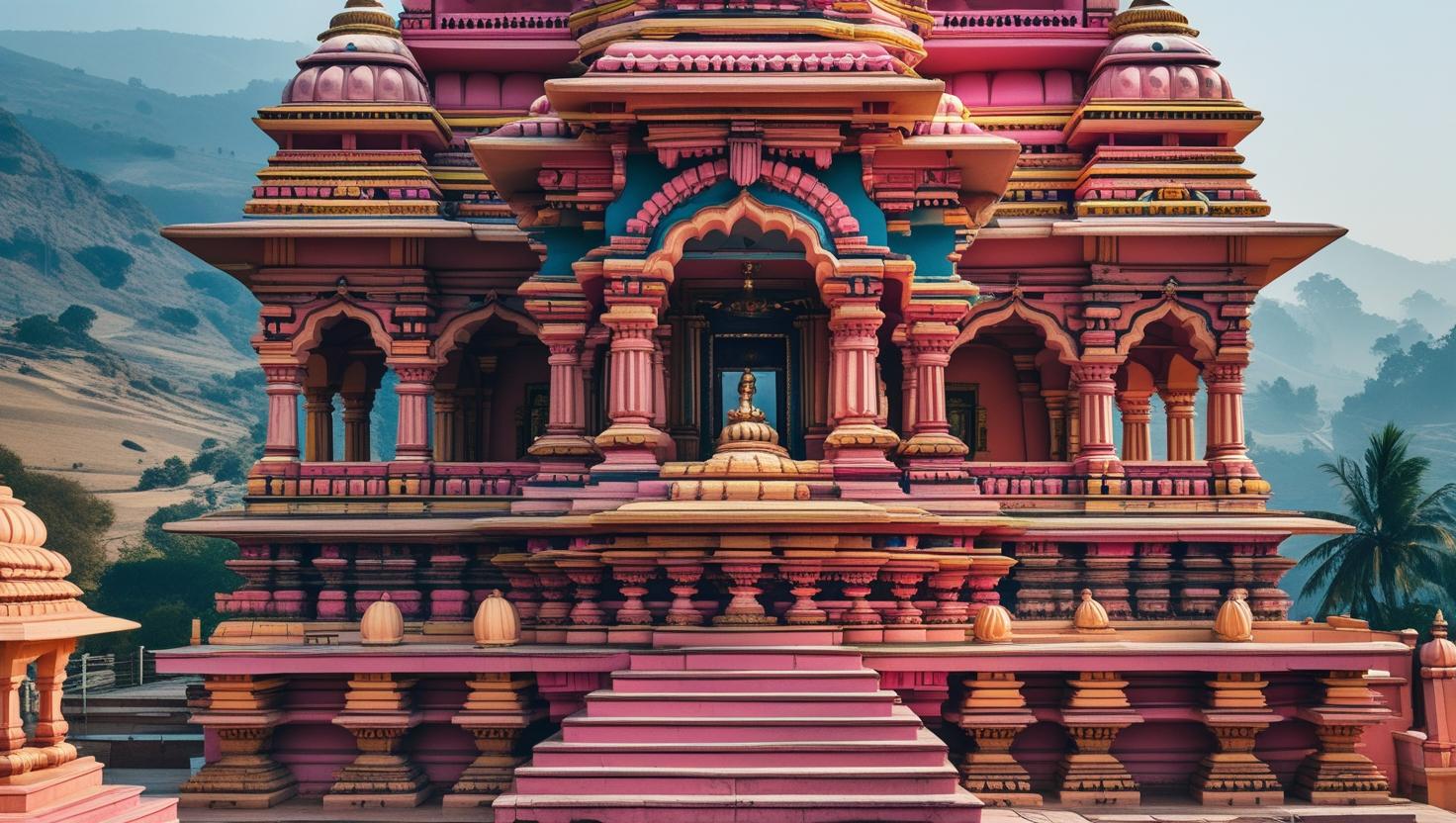
Mahamandaleshwar (Regional Head)
A Mahamandaleshwar is a highly revered spiritual leader and regional head within the Hindu monastic order, often overseeing multiple Akharas or monasteries in a large geographical area. Holding one of the highest ranks in the ascetic hierarchy, the Mahamandaleshwar is responsible for guiding monks, organizing religious events, and maintaining discipline and spiritual standards across their jurisdiction. They embody deep spiritual authority, wisdom, and leadership, serving as key custodians of dharma and upholders of ancient traditions within the broader community.
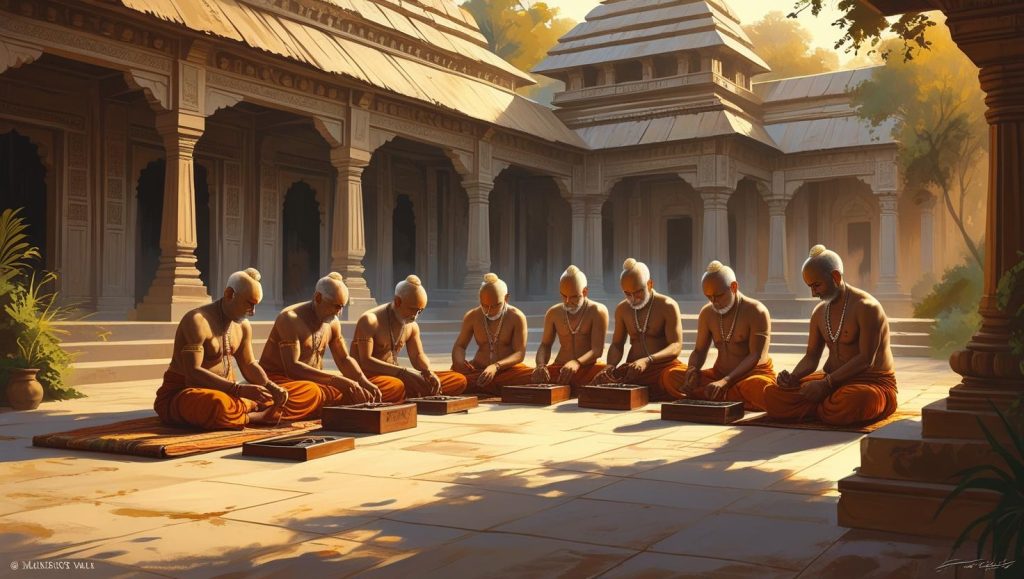
Mahants of Maths/Temples
Mahants of Maths or Temples are the chief spiritual and administrative heads of religious institutions such as maths (monastic centers) or temples. They are responsible for overseeing daily rituals, managing temple affairs, preserving traditions, and guiding devotees on their spiritual path. As custodians of sacred spaces, these Mahants ensure that the teachings, practices, and cultural heritage of the institution are maintained with devotion and discipline. They often act as spiritual mentors, inspiring faith and fostering community through their leadership and wisdom.
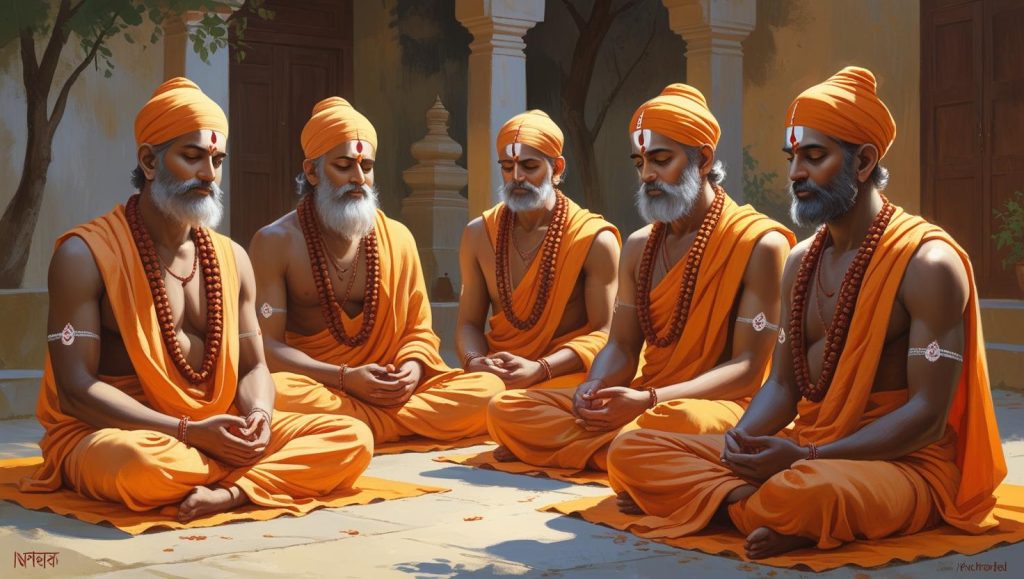
Sannyasis / Saints / Monks
Sannyasis, saints, and monks are spiritual seekers who have renounced worldly life to pursue self-realization and serve humanity through devotion, meditation, and disciplined living. Sannyasis specifically take formal vows of renunciation (sannyasa), dedicating themselves entirely to spiritual growth and detachment from material attachments. Saints are often revered for their holiness, wisdom, and miracles, inspiring others through their example of divine love and compassion. Monks live in monastic communities or alone, practicing austerity, study, and prayer to deepen their connection with the divine. Together, they form the backbone of spiritual tradition, guiding seekers and preserving sacred knowledge.
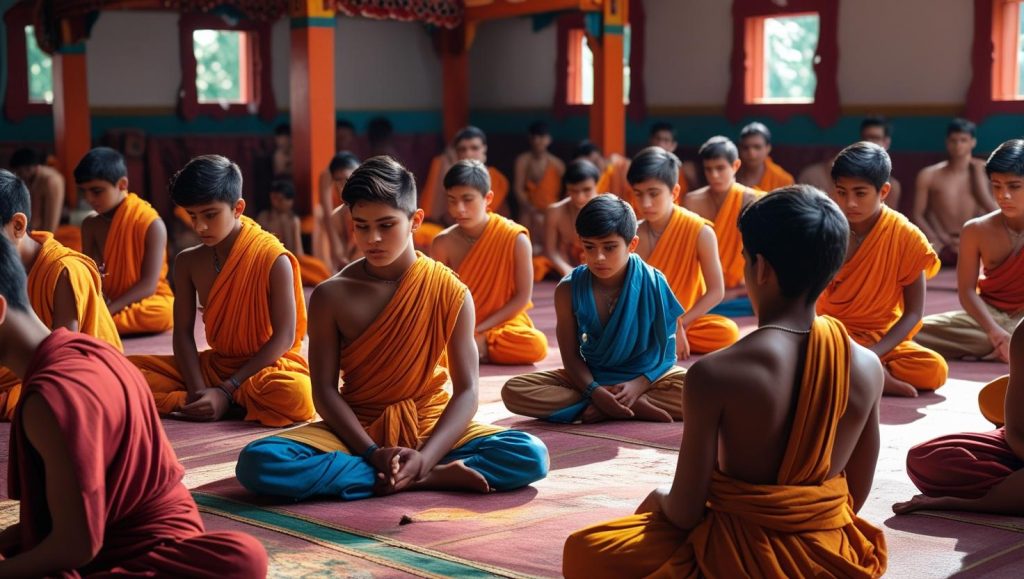
Novices / Disciples
Novices and disciples are learners and followers on the spiritual path who seek guidance from their teachers or gurus. Novices are beginners who have recently taken initial vows or entered monastic life, dedicating themselves to study, practice, and discipline under the tutelage of senior spiritual guides. Disciples, more broadly, are devoted students committed to learning and embodying the teachings of their guru, striving for personal growth and spiritual awakening. Together, they represent the next generation of practitioners who carry forward the wisdom and traditions of their lineage.

